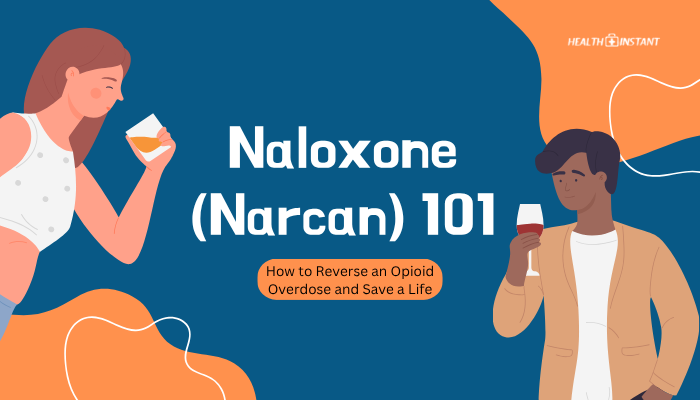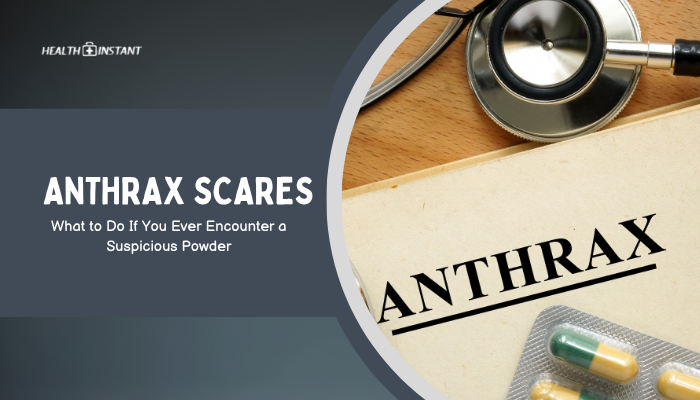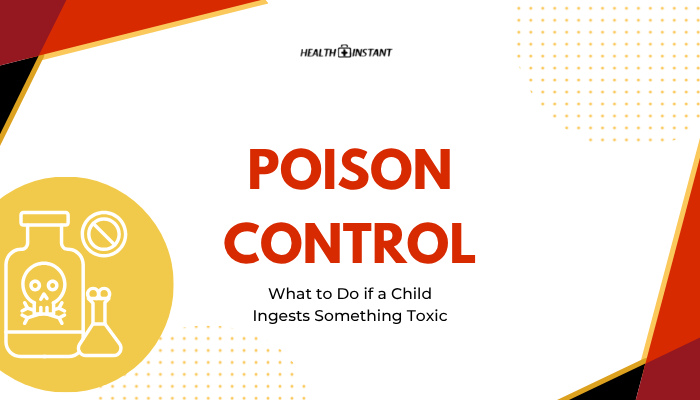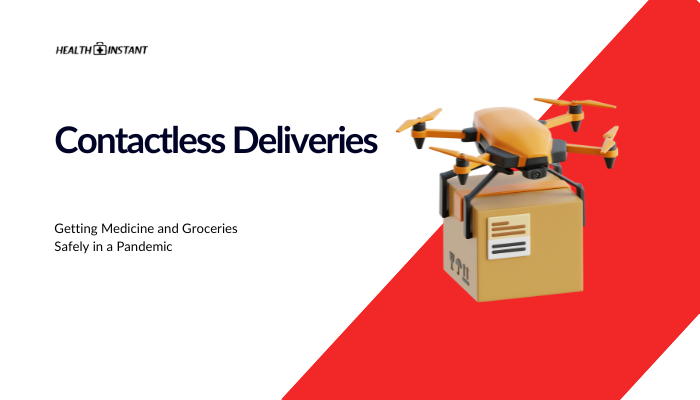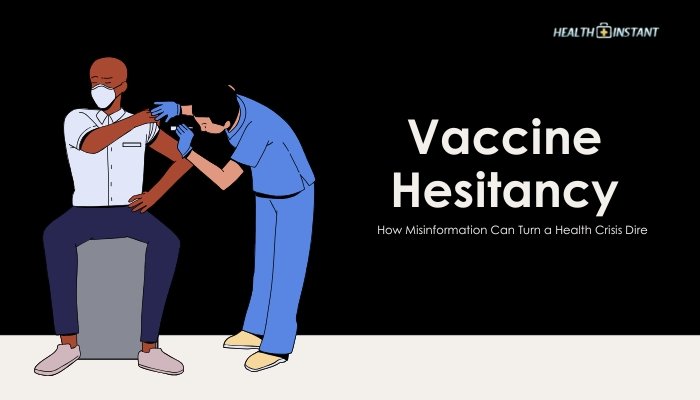Introduction
Opioid overdoses are a pressing public health concern. Whether they stem from prescription medications like oxycodone or illicit substances such as heroin and fentanyl, an overdose can be lethal in minutes.
Naloxone (often sold under the brand name Narcan) is a medication that can rapidly counteract the life-threatening depression of the central nervous system and respiratory system caused by opioids. This guide explains how to recognize an overdose, properly administer naloxone, and take immediate follow-up actions to help save lives.
What Is Naloxone (Narcan)?
Naloxone is an opioid antagonist, meaning it binds to opioid receptors more strongly than opioids do, displacing them and temporarily halting their effects—particularly respiratory depression. Key points:
- Not an Opioid Substitute: Naloxone only reverses opioid effects; it does not produce a “high.”
- No Abuse Potential: Using naloxone on a non-opioid user poses minimal harm.
- Safety: Even if uncertain about an overdose, administering naloxone generally has low risk.
Recognizing an Opioid Overdose
Common symptoms:
- Severely Slowed or Stopped Breathing: Shallow or no respirations.
- Unconscious or Unresponsive: Cannot be woken by shouting or gentle shaking.
- Blue or Grayish Lips and Fingernails: Due to lack of oxygen.
- Pinpoint Pupils: Though not always present, they can be a strong indicator.
- Gurgling or Snoring Sounds: Indicating partial airway obstruction.
If you see these signs in someone you suspect used opioids, act fast.
Types of Naloxone and How They Are Used
Nasal Spray (Narcan)
- Most Common Form: Typically a single-dose nasal spray.
- User-Friendly: Minimal training; you simply insert the nozzle into a nostril and press the plunger.
Injectable Naloxone
- Intramuscular or Subcutaneous Injection
- Requires Some Training: You might need to fill a syringe from a vial or break a prefilled ampule.
- Used by Many First Responders: Also found in some community kits.
Step-by-Step Guide to Using Naloxone (Narcan)
- Check for Response
- Tap or gently shake the individual. Shout their name or “Are you okay?”
- Tap or gently shake the individual. Shout their name or “Are you okay?”
- Call Emergency Services
- Even if you administer naloxone successfully, professional care is still essential.
- Even if you administer naloxone successfully, professional care is still essential.
- Position
- Lay them on their back if administering nasal spray or preparing an injection.
- If they are breathing but unresponsive, put them in the recovery position after naloxone.
- Lay them on their back if administering nasal spray or preparing an injection.
- Administer Naloxone
- Nasal Spray: Tilt their head back slightly, insert the nozzle fully into one nostril, press firmly on the plunger.
- Injection: Follow instructions for drawing the medication from the vial or using a prefilled auto-injector. Inject into the thigh or shoulder muscle.
- Nasal Spray: Tilt their head back slightly, insert the nozzle fully into one nostril, press firmly on the plunger.
- Observe
- Effects may be seen in 2–3 minutes. If no improvement, give a second dose, following product instructions.
- Effects may be seen in 2–3 minutes. If no improvement, give a second dose, following product instructions.
- Support Breathing
- If they are not breathing or have a pulse but no respiration, perform rescue breaths or call for advanced life support instructions.
- If they are not breathing or have a pulse but no respiration, perform rescue breaths or call for advanced life support instructions.
Follow-Up Steps After Administration
- Stay with the Person
- Naloxone can wear off in 30–90 minutes, and the opioid might resume harmful effects.
- Naloxone can wear off in 30–90 minutes, and the opioid might resume harmful effects.
- Encourage Them to Remain Still
- If they stand or move suddenly, they risk fainting or relapse of overdose symptoms.
- If they stand or move suddenly, they risk fainting or relapse of overdose symptoms.
- Watch for Withdrawal Signs
- Naloxone can cause immediate withdrawal in opioid-dependent individuals, resulting in agitation or discomfort.
- Naloxone can cause immediate withdrawal in opioid-dependent individuals, resulting in agitation or discomfort.
Additional Tips and Considerations
- Storage: Naloxone is sensitive to extreme temperatures; keep it at room temperature away from direct light.
- Check Expiration: Replace expired units.
- Multiple Doses: Some strong opioids, like fentanyl, might require repeated doses of naloxone.
- Community Programs: Many local pharmacies or public health departments provide free or low-cost kits.
Conclusion
Naloxone (Narcan) offers a brief yet critical window of opportunity to save a life from opioid overdose. By recognizing telltale signs—unconsciousness, slow or no breathing, blue lips—and promptly administering naloxone, you can restore breathing and buy time for emergency medical help to arrive.
Equally important is knowing that naloxone’s effects are temporary, and ongoing care is crucial. Keeping naloxone accessible, learning how to use it, and seeking immediate medical follow-up form the trifecta of effective overdose response.
References
- American Heart Association. (2020). Opioid overdose response guidelines.
- World Health Organization (WHO). (2019). Community management of opioid overdose.
- Substance Abuse and Mental Health Services Administration (SAMHSA). (2021). Naloxone (Narcan) usage and distribution.
- Centers for Disease Control and Prevention (CDC). (2020). Opioid overdose prevention strategies.
Disclaimer: This content is for informational purposes and not a replacement for professional training. Always seek official medical advice if uncertain and call emergency services for any suspected overdose.

